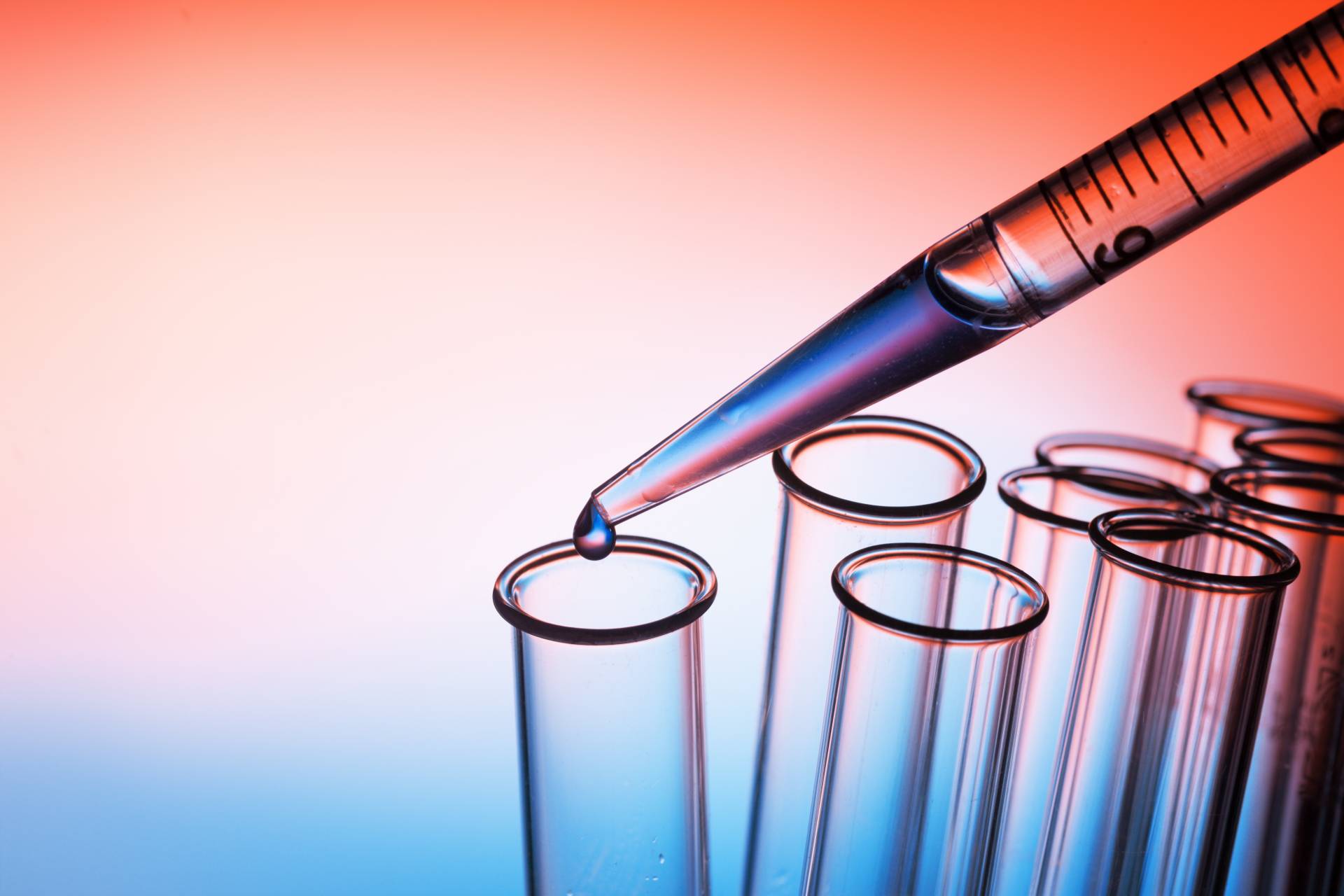23 Feb Inotuzumab ozogamicin (InO) treatment in patients with relapsed/refractory (R/R) acute lymphoblastic leukemia (ALL): Analysis from INO-VATE by bone marrow blast percentage (BMB%)
Background:InO is a calicheamicin-conjugated antibody targeting CD22 on ALL blast cells. Here we report outcomes in R/R ALL patients (pts) receiving InO or standard of care chemotherapy (SC) in the phase 3 INO-VATE trial according to baseline BMB%, an indicator of disease burden.
Methods:Adults with CD22+ ALL due to receive salvage treatment were randomized 1:1 to InO (n = 164) or SC (n = 162). Dosing and methods were published previously (Kantarjian et al, NEJM 2016). BMB% was defined as low ( < 50%), moderate (50–90%), and high ( > 90%) at start of treatment.
Results:At baseline, characteristics across all groups were balanced and median BMB% was 28%, 78%, and 95% in the low, moderate, and high disease burden subgroups. Complete remission rates were significantly higher in InO vs SC pts, with 74% vs 46%, 75% vs 48%, and 70% vs 17% achieving CR/CRi in low, moderate, and high BMB% subgroups. Significantly more pts in the InO arm achieved minimal residual disease negativity: 29/53 (55%), 52/79 (66%), and 16/30 (53%) for low, moderate, and high BMB% compared with 10/48 (21%), 11/83 (13%), and 2/30 (7%) for SC, respectively. InO-treated pts also had improved progression-free survival vs SC, with hazard ratios of 0.44 (97.5% CI, 0.26–0.74, 1-sided P= 0.0001) for low, 0.50 (97.5% CI, 0.34–0.75, P< 0.0001) for moderate, and 0.33 (97.5% CI, 0.16–0.69, P= 0.0002) for high BMB%. Overall survival (OS) was favored in the InO arm across groups (Table) with potentially the greatest difference seen in pts with high BMB% (HR = 0.60 [97.5% CI 0.32–1.129, 1-sided P= 0.03]). Clinical trial information: NCT01564784
Conclusions:InO treatment resulted in superior efficacy over SC across all BMB% subgroups out to 2 years follow-up, particularly in patients with the greatest disease burden by BMB%.


